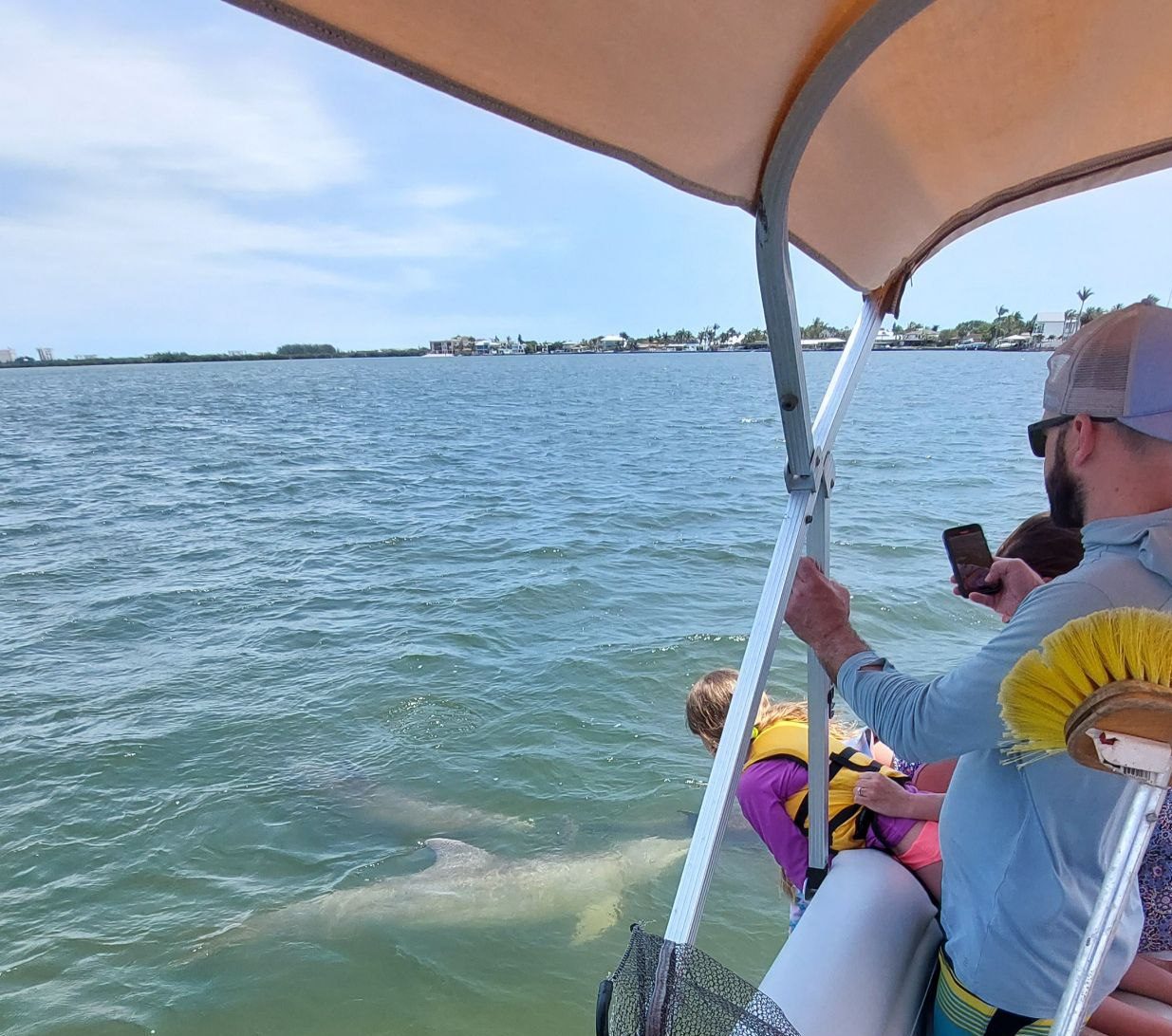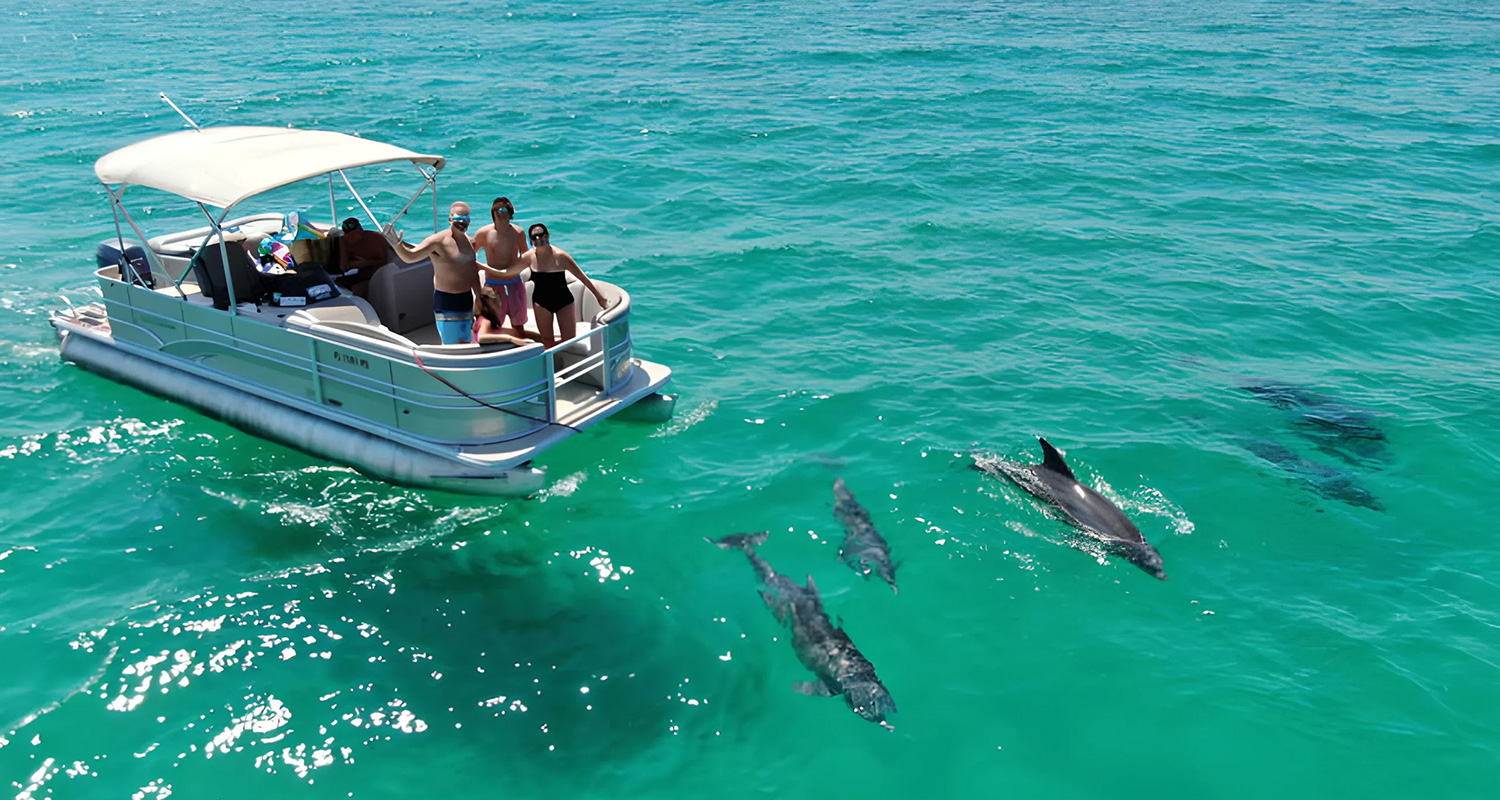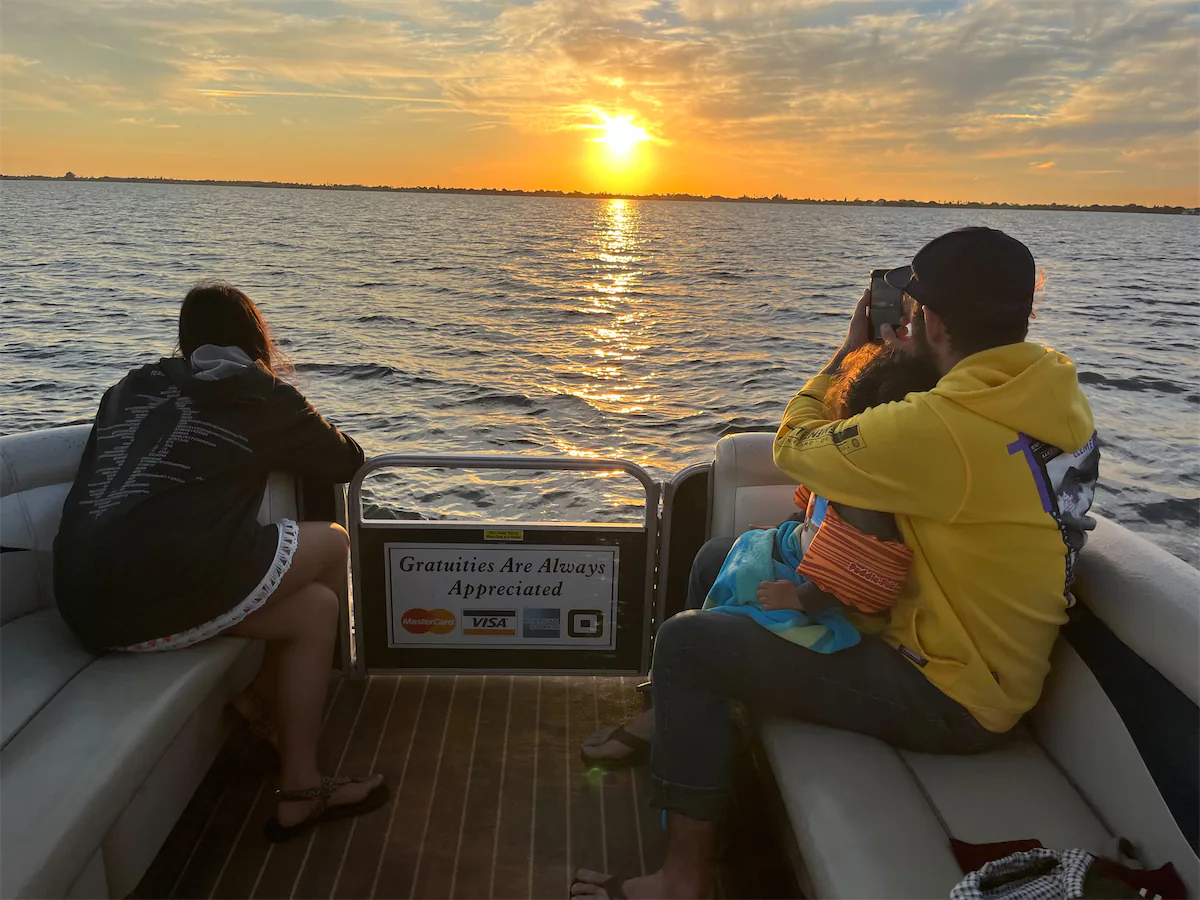Watershed
The lagoon watershed is home to 2,284 square miles of amazing natural beauty, and its waters span an impressive 353 square miles.
Five counties border the lagoon and seven counties are within the watershed.
The five inlets connecting the lagoon with the Atlantic Ocean create a flow of water between the two bodies of water. The inlet at Port Canaveral has locks that help to regulate the water exchange and keep the port basin separate from the lagoon.
The lagoon is a 156-mile-long estuary where salt water from the Atlantic Ocean mixes with freshwater from the land and tributaries. The resulting brackish (slightly salty) water is moved more by the wind than by the tide and does not flow from headwaters to a mouth like a river. The width of the lagoon can vary greatly, depending on the amount of freshwater flowing into it.
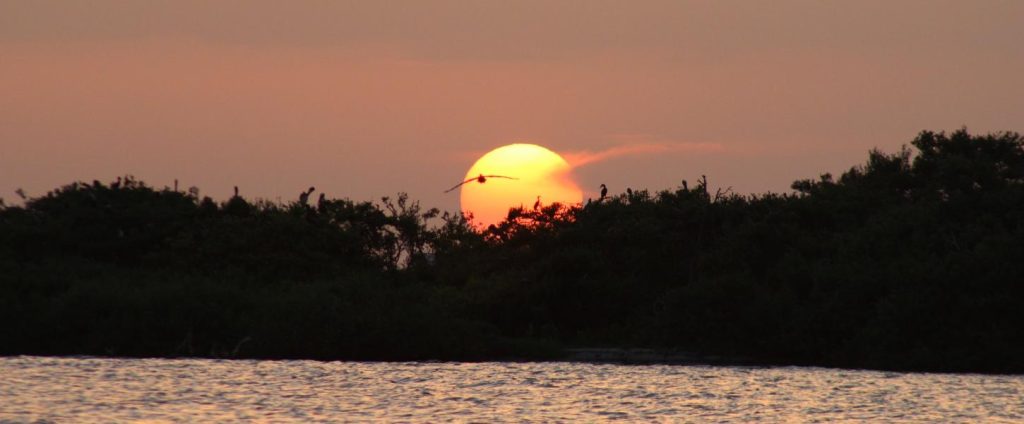
The Indian River Lagoon comprises three lagoons:
- Mosquito Lagoon (from Ponce de Leon Inlet to the north end of Merritt Island)
- Banana River (an offshoot of the Indian River on Merritt Island’s eastern shore)
- Indian River (the main body of water, extending from northern Brevard County to the southern boundary of Martin County)
Wildlife
The lagoon basin is home to a large number of species relative to other estuaries in North America.
- 685 fish species
- 370 bird species
- 2,100 plant species
- 2,200 animal species
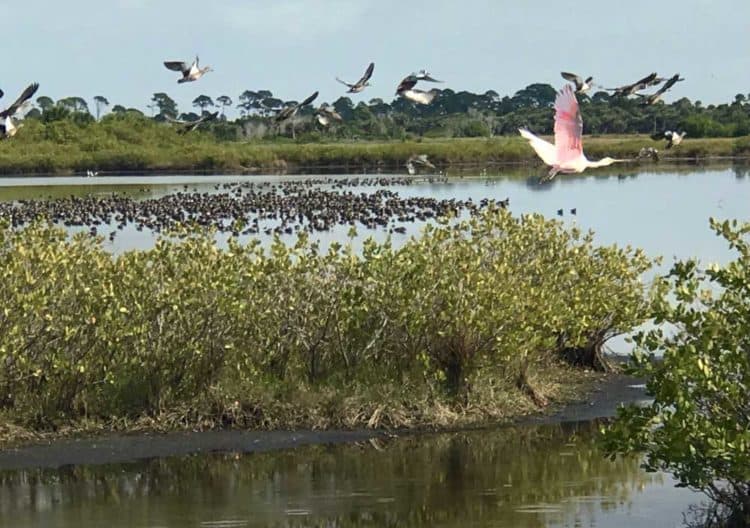
Some of the highest numbers of nesting sea turtles in the western hemisphere can be found on the ocean beaches in the lagoon region.
The lovely lagoon is the only place in the world you’ll find the Atlantic salt marsh snake!
Plant life
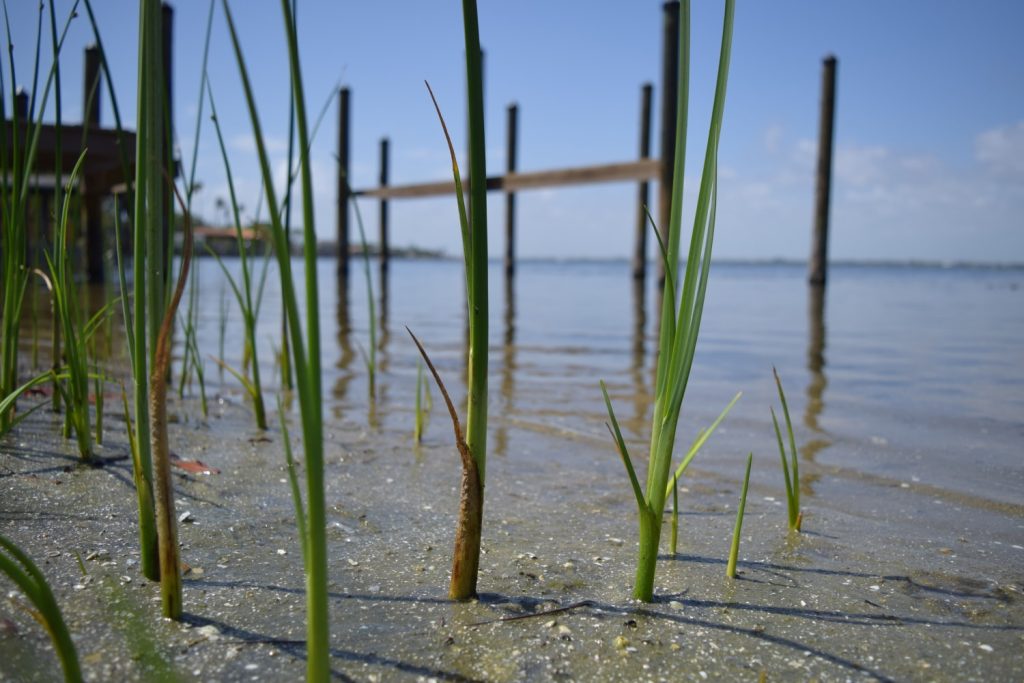
The northern Indian River Lagoon is a beautiful place where mangrove-dominated wetlands and maritime hammocks transition into herbaceous salt marshes.
There are plenty of salt marshes in the lagoon – 27 percent of eastern Florida’s coastal salt marshes, to be exact!

